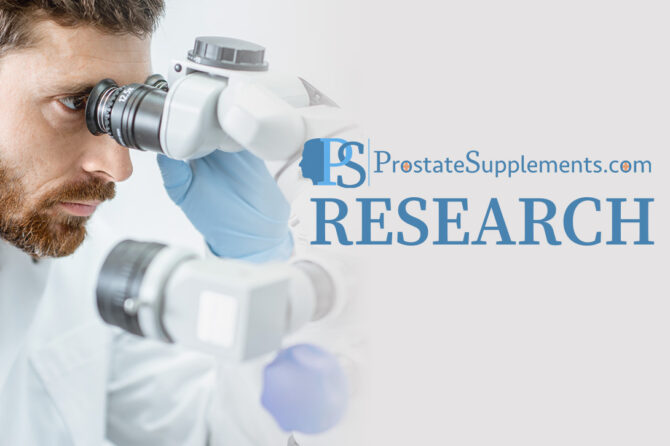Arnica montana: Therapeutic Potential and Benefits for Men’s Health
Arnica montana, commonly known as leopard’s bane or mountain tobacco, has a rich history of use in folk medicine dating back to the 16th century. Its diverse applications range from wound healing and pain relief to treating inflammatory conditions. While Arnica has been extensively studied for its pharmacological properties, its specific effects on men’s health remain an area warranting further investigation.
Abstract
Arnica montana, a perennial herb native to Europe, has been utilized for centuries in traditional medicine for its purported therapeutic properties. This review explores the historical uses, pharmacological effects, and contemporary research findings regarding Arnica, with a specific focus on its implications for men’s health. The article examines its potential benefits, ingestion methods, safety considerations, and future research directions.
Historical Uses
Historically, Arnica has been used topically to alleviate bruises, sprains, and muscle soreness. Its anti-inflammatory and analgesic properties have made it a popular remedy for sports injuries and trauma. Additionally, Arnica has been employed in the treatment of rheumatic conditions, such as arthritis and gout. Its traditional use also extends to alleviating symptoms associated with erectile dysfunction and prostate disorders, highlighting its relevance to men’s health.
Pharmacological Effects
The therapeutic effects of Arnica can be attributed to its diverse array of bioactive compounds, including sesquiterpene lactones, flavonoids, and phenolic acids. Sesquiterpene lactones, such as helenalin and dihydrohelenalin, exhibit anti-inflammatory properties by inhibiting NF-κB activation and reducing the production of pro-inflammatory cytokines. Flavonoids, such as quercetin and kaempferol, contribute to Arnica’s antioxidant activity, protecting against oxidative stress-induced tissue damage. Furthermore, Arnica’s ability to modulate platelet aggregation and vascular permeability enhances its efficacy in promoting wound healing and resolving hematomas.
Contemporary Research Findings
Recent studies have corroborated Arnica’s traditional uses and shed light on its potential applications in men’s health. Clinical trials have demonstrated Arnica’s efficacy in reducing postoperative pain and swelling following surgical procedures, including prostatectomy and herniorrhaphy. Moreover, Arnica-based formulations have shown promise in managing benign prostatic hyperplasia (BPH) symptoms, such as urinary frequency and nocturia. Emerging evidence also suggests a role for Arnica in mitigating the adverse effects of androgen deprivation therapy (ADT) in prostate cancer patients, including fatigue and musculoskeletal discomfort.
Ingestion Methods
Arnica can be administered orally in various forms, including tinctures, tablets, and homeopathic remedies. Tinctures are prepared by macerating Arnica flowers in alcohol, while tablets are typically standardized extracts or dilutions. Homeopathic preparations involve serial dilution and succussion to enhance Arnica’s therapeutic potency. Dosage recommendations vary depending on the formulation and intended use, and consultation with a qualified healthcare practitioner is advisable, particularly when addressing specific health concerns.
Safety Considerations
Although Arnica is generally considered safe when used topically or orally at recommended doses, caution should be exercised to avoid adverse effects. Topical application may cause contact dermatitis or hypersensitivity reactions in some individuals, particularly those with sensitive skin or allergies to plants in the Asteraceae family. Oral ingestion of Arnica should be avoided in large doses or for prolonged periods due to the potential for hepatotoxicity and cardiotoxicity associated with sesquiterpene lactones. Pregnant and breastfeeding women, as well as individuals with liver disease or bleeding disorders, should consult a healthcare professional before using Arnica.
Conclusion
In conclusion, Arnica montana possesses considerable therapeutic potential in men’s health, owing to its anti-inflammatory, analgesic, and wound healing properties. While further research is warranted to elucidate its mechanisms of action and optimize therapeutic outcomes, Arnica represents a promising adjunctive therapy for managing various conditions, including postoperative pain, BPH symptoms, and side effects of ADT. By leveraging Arnica’s pharmacological effects and refining its ingestion methods, healthcare practitioners can enhance patient care and promote holistic approaches to men’s health.
Keywords:
Arnica montana, men’s health, inflammation, wound healing, benign prostatic hyperplasia, postoperative pain, androgen deprivation therapy.



Leave a reply